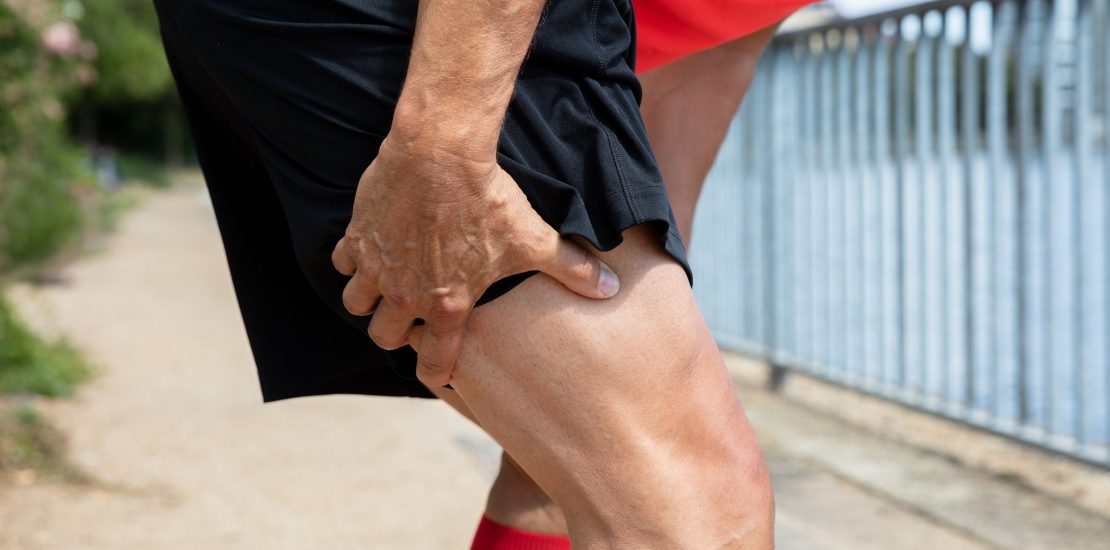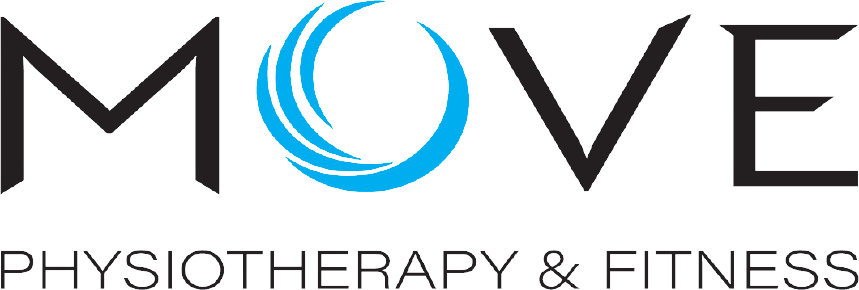- September 24, 2020
- Posted by: Daniel Ryan
- Categories: Dry Needling, exercise rehab, Gym Training, Healthy Eating, Move Physiotherapy, Running injuries

This is part 2 of our series on the Bio-Psycho-Social approach to managing pain. Our part 1 article examined chronic pain scenarios – you can read about it here. Part 2 looks at the simple hamstring/soft tissue injury and explains how this model is applicable to all injuries.
In case this article hasn’t been read – I am just going to simply copy and paste the introduction about this model and why it is important to understand…
What Is a Bio-Psycho-Social Model?
It is now common knowledge that our level of pain is directly correlated to the amount of ‘threat’ that our brain is perceiving.
NOTE: Our pain is NOT simply proportionate to the amount of tissue damage that has occurred. Many factors influence our ‘injury threat’ level – and therefore our pain state. Remember that PAIN IS FUNCTIONAL. It is our biological reminder to allow things to heal and recover; and a simple reminder to look after ourselves. As such, the more ‘threat’ the brain believes we are under – the higher our pain state will be. The higher our pain state = the more our body is trying to make us look after ourselves!
As such, there are many factors that can influence our ‘threat’ level – and therefore influence our pain experience. These can be divided into Biological, Psychological and Social categories. For example:
- Biological Threat – For example tissue damage from a torn muscle or a sprained ligament, inflammatory markers in our blood stream from an injury, alcohol consumption which can increase our inflammatory markers in the blood stream, other floating viruses and illnesses AND MORE. Any negative biological input which our body can perceive as a threat becomes the ‘bio’ part of our pain picture. But it is important to look beyond simply JUST our injured body part.
- Psychological Factors – What are our beliefs regarding our injury? Are our thoughts and beliefs amplifying our level of threat, or are they decreasing it?
Do we believe that we are totally and permanently disabled because of our injury? Or, do we believe that we will recover from our injury?
- Social Factors – Do we have social supports in place that increase or decrease our brains perceived level of threat?
Do we have a supportive network of friends and family who can nurture us and help us in our recovery? Do we have access to services who can assist in our recovery – for example, physiotherapists, occupational therapists, psychologists etc. Or conversely, can we not afford these services? Do we not have available resources (time, money, family) to dedicate to our recovery?
In this example, we are going to look at the simple hamstring strain – and demonstrate how this model applies to even the most basic of injuries!
Graham v Marcus – The Grade 1 Hamstring Strain
Graham and Marcus have just suffered a hamstring injury. In the interest of allowing comparison – the amount of tissue damage they have sustained from the injury is identical. Graham experiences a greater 8/10 pain in his hamstring compared to Marcus who is only experiencing a 4/10 pain.
Biological Influences
Both athletes have sustained trauma to the muscle fibres and there is an associated release of inflammatory agents in the blood stream. These biological inputs are transmitted and this ‘threat’ to the system is conveyed.
However, Graham has a number of other biological threats co-existing with his hamstring injury. He is also nursing a torn calf muscle and achy shoulder. He is a regular drinker of alcohol – which can increase the number of inflammatory agents in the blood stream (this is the main reason we do not suggest athletes drink after sustaining an injury.)
Conversely, Marcus does not have co-existing injuries (other sources of injury threat). He looks after himself – he has a healthy and nutritious diet; which form the building blocks for his injury recovery. He rarely drinks and is otherwise healthy.
Psychological Influences
These two athletes have very different psychological beliefs regarding their injury, which are influencing their perceived ‘threat.’
Graham believes that ‘this is the beginning of the end’. Soft tissue injuries in a middle-aged athlete – he believes this will be a ‘forever weak spot’ and will never truely recover. Infact, Graham has sustained a previous hamstring injury to EXACTLY this spot. He knew how long it took to recover from this injury last time – and has become ‘hyper aware’ of any tension or discomfort in this area. Conversely, Marcus understands the body is an AMAZING THING. It will heal! And these minor hamstring strains often resolve within 1-2 weeks. He will be back to sport in no time!
Social Influences
Finally, the social circles of each of these athletes is vastly different.
Graham has surrounded himself with friends who have sustained similar injuries and ‘never truly recovered.’ These friends transmit their beliefs onto Graham. Furthermore, Graham is unable to afford guidance from his physiotherapist – and gain this insight into his expected prognosis and recovery pathway. This uncertainty increases the level of ‘threat’ pertaining to his injury.
Conversely, Marcus has sought treatment from his physiotherapist, who has been able to put his mind at ease and guide him through his rehabilitation process. He has surrounded himself with a close network of friends who have also recovered from similar injuries; and are able to positively reinforce steps along his recovery pathway. He has a supportive network who are able to ease the burden of other everyday life activities – providing for his family, cooking and cleaning – and allow him to focus on the recovery of his injury.
Conclusion
As you can see – the global ‘injury threat’ level for both of these athletes is completely different. Many negative influences surrounding Graham will create a higher perceived threat, and therefore a greater pain experience. This greater pain experience is the body doing everything it can for Graham to do the right thing by his injury – to seek help and to manage the injury perfectly. Conversely, for Marcus – he understands his injury, is in a good headspace regarding his prognosis and recovery, and has the social supports in place to get through. As such, his global threat level is low and therefore his pain level will remain low.
Fundamentally, ‘the issues in the tissues’ is only one piece of the puzzle. As such, even for the most basic of injuries – DECREASE YOUR OVERALL THREAT.
- Take control of your actions that can enhance your ‘biological factors’ – for example, fix your diet, stop your alcohol consumption, gradually introduce movement within acceptable pain limits.
- Decrease your psychological threat: reinforce to yourself – YOU WILL GET BETTER.
- Surround yourself with positive social influences – with a group who can assist and nurture your recovery. Similarly, avoid people who are ‘doom and gloom’, who are convincing you that things will never get better… the things we know from our research COMPLETELY IS NOT TRUE.
- Seek treatment – even just for guidance through the recovery of your injury. Your physiotherapist can help!
Your pain levels will be much lower if you can achieve each of these things!
